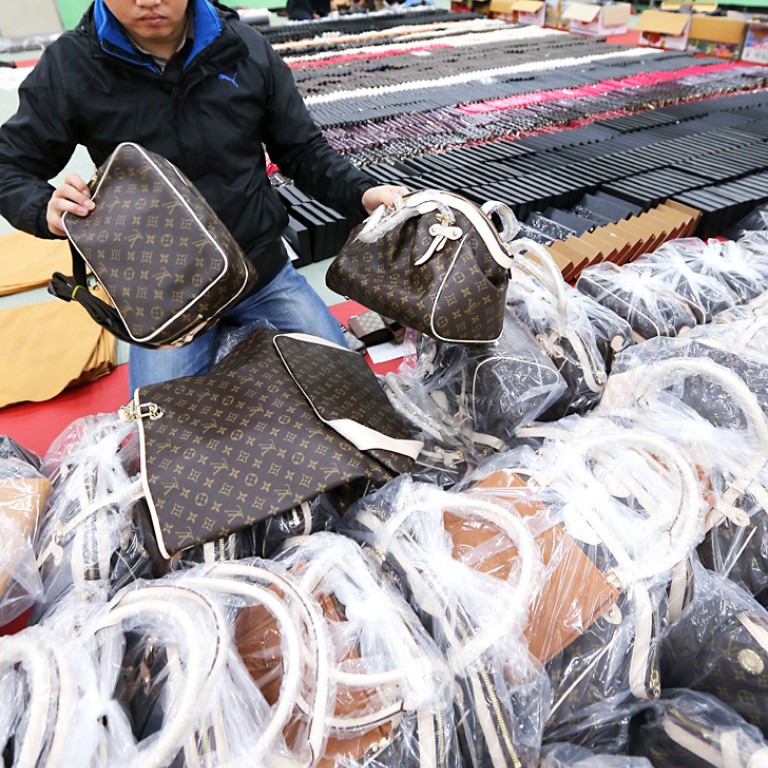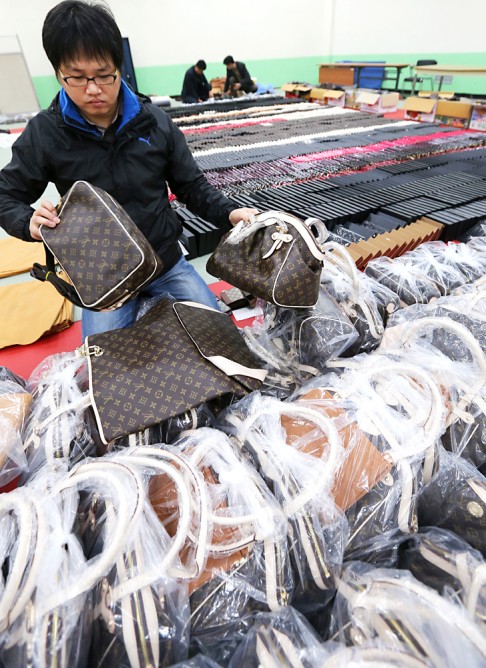
China’s wily fake goods importers have Japanese officials on the run
Japanese fashion brands and customs authorities are struggling to keep up with the rapidly changing techniques employed by manufacturers of fake goods, as record amounts flood in from China.

Statistics released by Japan's customs show 28,135 fake items were seized at ports or airports last year, 5.7 per more than in 2012.
The most popular fakes are handbags, accounting for 44 per cent of the total, followed by clothes, at 15.6 per cent, and shoes, 10 per cent.
The finance ministry says the seized goods would have been valued at ¥13 billion (HK$984 million) if they had been genuine. But underlining the scale of the problem is the ministry's assessment that the Japanese market for fake brand-name products is worth ¥500 billion a year.
"The counterfeiters are changing their methods all the time," said Noriko Arai, deputy director of the Tokyo office of Union des Fabricants, an international organisation set up to protect intellectual property rights.
"Most of the fake products used to be sold to retailers in Japan, who would then try to sell them to the public," she said. "But customs and the police were able to seize many of those shipments.
"Now they are advertising on websites and sending fakes by post. This means they can conceal their identities more easily and it is much harder for the police to investigate and prosecute because they have no jurisdiction outside Japan."
More than 90 per cent of the fakes originate in China, with Arai saying the criminals were becoming more sophisticated in their techniques.
"We have not estimated the value of these products for our member companies, but they are also very damaging to a company's reputation," she said.
And while many of the fakes are becoming better to the untrained eye, experts say poor stitching or a smell of glue can often give a counterfeit away.
But even retail experts can be caught out, with five big department stores forced to issue recall notices in January after selling 200 Chan Luu bracelets, which sell for as much as ¥30,000, that were copies.
Another lucrative trade involves counterfeit cigarettes, many of which come from North Korea.

